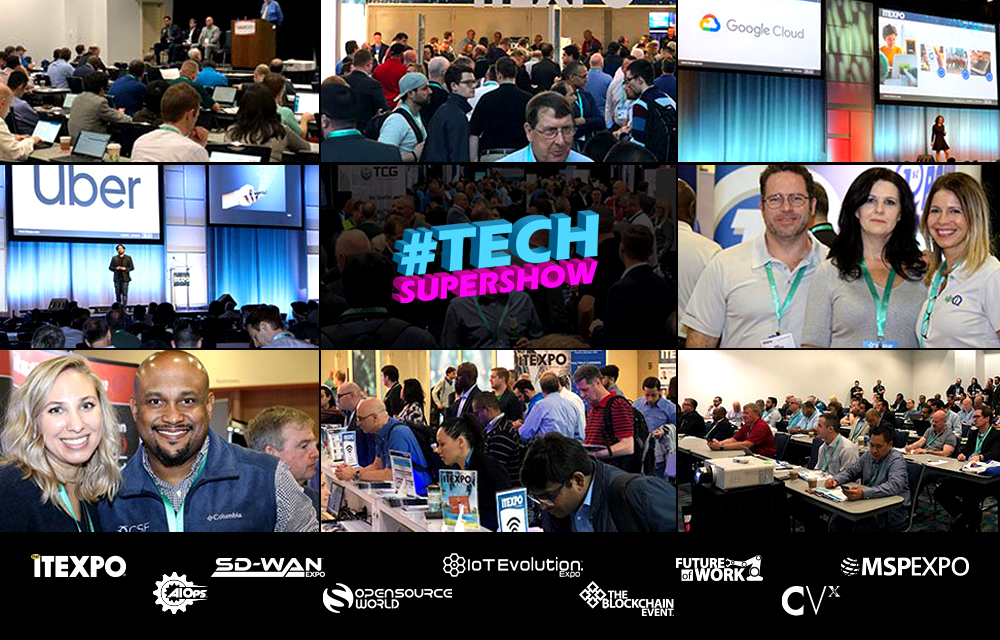Beyond Turing Computable Numbers to Computable Communications – Part 1
By Thomas B. Cross CEO TECHtionary.com
Doubt anyone would argue about the role of Alan Turing in computing. He designed the universal machine and much more. He was also brilliant in mathematics writing On Computable Numbers. He wrote: “Mathematical reasoning may be regarded rather schematically as combination of two faculties, which we may call intuition and ingenuity. The activity of the intuition consists in making spontaneous judgments (communications) which are not the result of conscious (communications) trains of reasoning. The exercise of ingenuity in mathematics consists in aiding the intuition through suitable arrangements of propositions (communications), and perhaps geometrical.”
I added communications where relevant, however this supports this concept of “tables of behavior” in managing computable numbers and more. If, however, you apply this concept of numbers types of communications, you can form the basis for the next great challenge in AI enhanced communications machine learning, not just speaking like a parrot or responding to parrot commands such as “buy more stuff.”
If you build tables of AI-enhanced communication behavior like tone, language, style, attitude, context and setting, body language, ethnics, and much more one can begin to build communications models from hence you can communicate. And, if not you find that is the reason(s) why communications generally fails. If you build a model of AI-enhanced communication values such as a matrix or other visual form where there are as many levels of angry as there as happiness, leadership and many other factors.
In this series I will explore many different models but first discuss some of the reasons why we need this technology. In many business and other human efforts there need to lead a group or organization in anticipation of events rather than in reaction to them increases.
In this setting some form of computable AI communications technology that expands leadership ability and meets the standards of synergy and feedback will become the competitive tool of success. Executives are increasingly driven by their ability to communicate faster to more people with greater clarity and sense of purpose than ever. They are meeting, talking, listening, presenting, discussing, collaborating, educating, disciplining, and planning with others. Of the trillions spent annually in the business economy, it is not difficult to imagine that the majority of the costs are associated with organizational communications. The traditional scenario of a communicator sending to a receiver with the potential for feedback is known.
What is not known, to any large extent, is the action on the part of the receiver directed toward a desired goal or outcome. When a light bulb is turned on, the desired outcome is known (under the laws of physics), and the result is relatively immediate (at the speed of light).
However, in business communications directives to staff by management, the outcome is never known in absolute terms because the timetable is always subject to delay. Several common problems that result in delay are:
- Misunderstood directions and no quality control of message verification
- Sabotage and mistrust
- Ineffective resources
- Lack of leadership skills
- Lack of real communication skills
- Incompatible aka dysfunctional team personnel
- Other factors – weather, money, luck, etc.
An AI computable communications knowledge networks reflects a system of ideas, thoughts, and concepts linked to other people or ideas. This knowledge network expands, contracts, and tailors itself to the needs of the knowledge players. (The term “players” conveys the subtle shift of roles from the present term “user.”).
Let us design a new neural network consisting of three dimensions: vertical, lateral, and angular/oblique. We should allow for planar to exist, which, like our holograms, allows for layers of information that can be connected by our other dimensions. In this environment, there are no rules about depth or breadth; these concepts coexist simultaneously in time and space.
Consider that in this neural network any point has an infinite number of connecting links to other points. If you have followed up to this point, we have created a universe, infinitely small or large depending on your perspective. Now comes the hard part. Is this network intelligent, or does it only have the ability to store intelligence? You decide. However, this kind of network exists today in multidimensional networking systems (e.g. cross/point) as well as in programming languages. To understand how to functionally design these neural networks and how to use them is a complex problem.
Summary – AI computable communications may and should be the next frontier in computing and machine intelligence. Whether it be something to help children learn or C-levels lead their organizations remains to be seen. However, building an AI communications machine is something worthy of serious contemplation today.

This concept is also presented in TMCnet Selling UP Market UP Margin Technology to SMB & Enterprise Certification at ITEXPO/MSPEXPO. (registration required)
Come to the Digital Transformation Event! Feb 11-14, 2020, Fort Lauderdale, FL. Register now.







